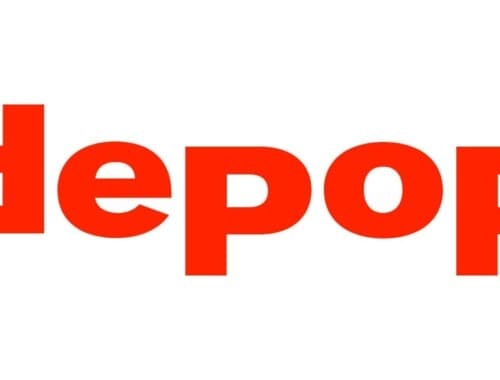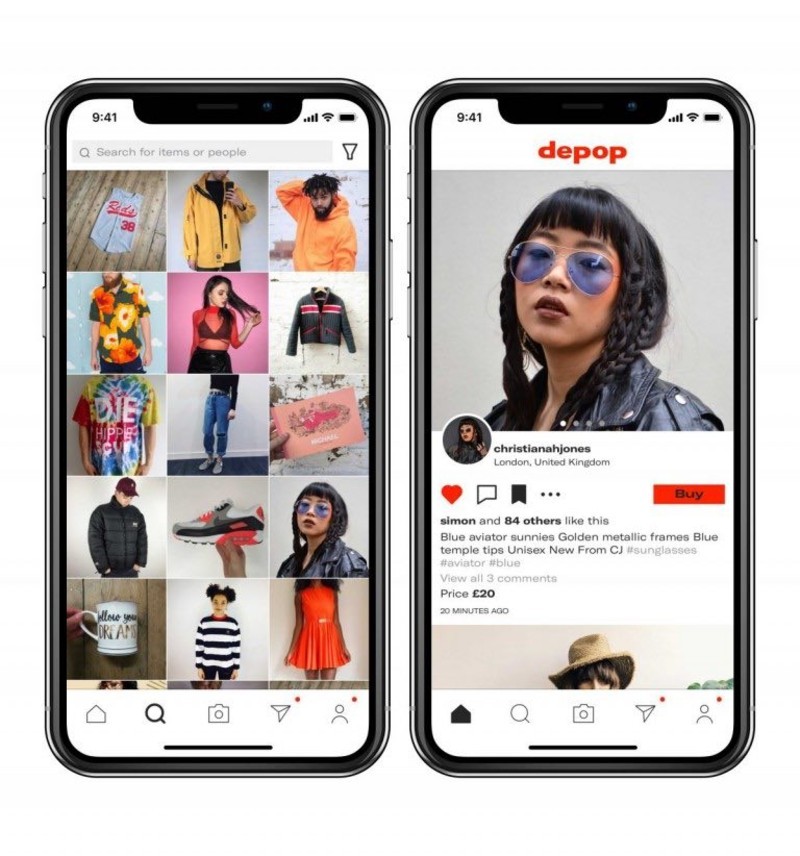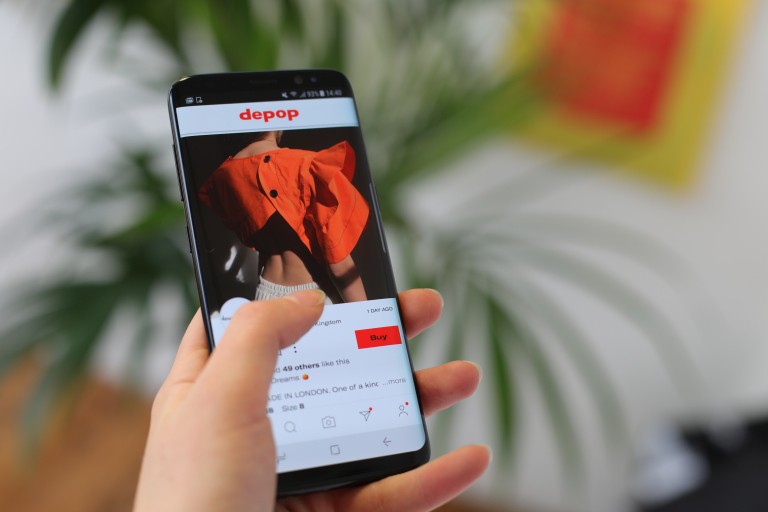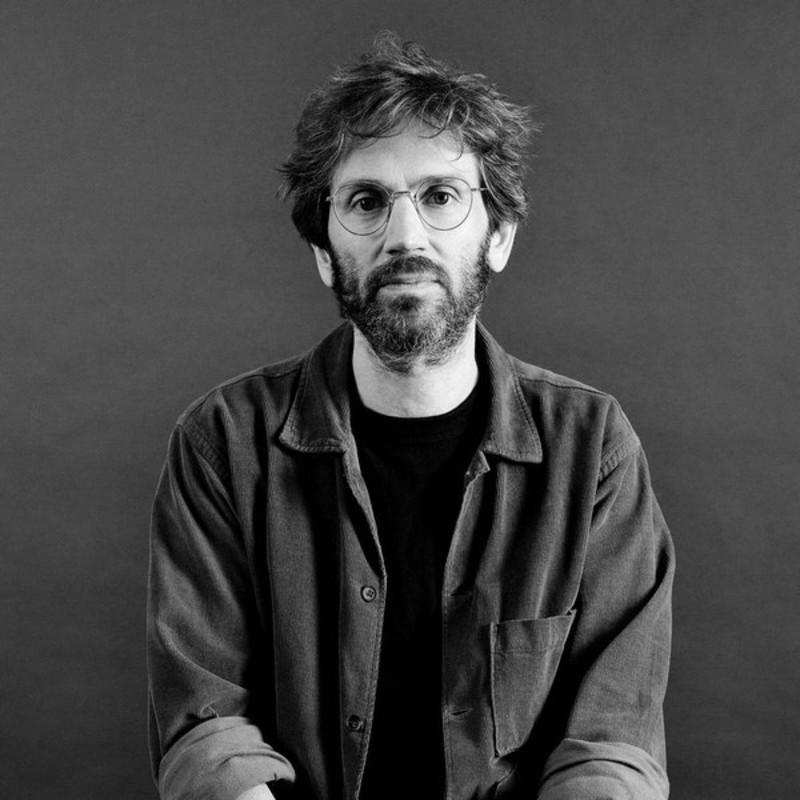
DEPOP
D , SHOPS AND E-COMMERCE
DEPOP, SOCIAL E-COMMERCE OF SECOND-HAND CLOTHES
Depop was born in 2011 from an idea of Simon Beckerman. As an entrepreneur who already had the role of the co-founder of two other companies behind him. Namely, PIG Mag (an independent magazine for the discovery of young emerging talents in the field of fashion and music) and Retrosuperfuture (an eyewear brand). The brand was born within the incubator and private start-up accelerator based in Roncade (Treviso), H-Farm. Notably, immediately became one of the greatest success stories among the start-ups launched in Italy. It has been based in Shoreditch, London’s tech district, since 2012. Later offices were added in Manchester, Milan, and New York
 Simon Beckerman
Simon Beckerman
In the beginning, the app was called Garage. An evocative name that recalls the part of the house where a large amount of more or less valuable things are typically piled up. Significantly, expressing the purpose of the project.
The rise of the app also depended on some major changes in the fashion industry. Such as greater attention to sustainability, the increase in the importance of social media for purchases, the creation of personal branding for users on the web, and the growing reputation of second-hand luxury clothes.
FINANCIAL HISTORY
In October 2013, Beckerman managed to raise 1 million euros in funding from Red Circle Investment. Consequently, hired Danish entrepreneur Runar Reistrup as the new CEO. In 2015, secured 8 million dollars in investment from Balderton Capital and Holtzbrinck Ventures. Octopus Ventures, Creandum, HV Holtzbrinck Ventures, Lumar, and Tempocap following suit.
In 2019 H-Farm sold its remaining stake. The sale of this investment generated a collection of € 2,593,520 and a capital gain of € 2,506,425. Total exit followed a first partial sale of shares in Depop’s capital which took place in January 2018. Notably, the operation as a whole generated a return six times the initial investment.
In 2018 Depop recorded over 4 million new users. 500 million searches, and more than a million a day with an average of a new item on sale every second. The team is divided among offices in London, Milan, New York, and Los Angeles. Which has become the second city by several registrations after the English capital. Most active users are in the UK, USA, and Italy. In March 2016, former CEO Runar Reistrup said Depop’s growth was achieved through word of mouth. In April 2016, Maria Raga was appointed CEO. With her arrival, greater expansion was promoted in the United States. U.S has always been a thriving market and by 2020 made up 50% of the app users.
The app is based on peer-to-peer social shopping mechanisms,, based on an equal network of exchanges and connections. Also being the first social e-commerce, allowing anyone to create a profile that simultaneously combines the characteristics of a social network such as Instagram and eBay through which to profit.
In 2019, it benefited from an investment of 62 million dollars (approximately 55 million euros) in an investment round led by General Atlantic.
DEPOP: A NEW WAY OF SHOPPING
Designer clothes. Used. Vintage. Streetwear. Sneakers. Whatever your style. Find it on Depop.
This is how Depop presents itself on its official website. The app allows users to upload images of the items they want to sell to their profile and at the same time a feed with the products they want to buy. Each user can buy and sell used clothes, shoes, and jewels of luxury brands but not only. There are three peculiarities of the app, including a section dedicated to other items such as vintage objects and comics.

Depop is not just a reselling app but it also claims to be a social network where each user can express his or her personality. Beckerman said:
“users infuse their personality into their profile. If you try to put a little of yourself into it, then you tell a story. You can see the character of a person from the images they are making, so the purchase is no longer just a purchase.”
Sellers can create their own “stores” on the platform and put items up for sale quickly and easily; while buyers can follow their favorite sellers, for example, those who are characterized by an interesting and similar style. In addition to its app and content shared on other social platforms, Depop also extends the omnichannel approach with a selection of physical stores, to show the selected items exclusively.

Items can be purchased directly through the app with a transaction managed through PayPal. In 2019, Depop had over 1.8 million users.
THE SUCCESS AMONG THE STARS AND THE GENZ
Depop achieved great success also thanks to the contribution of some celebrities such as Bianca Balti and Chiara Ferragni, who have sold their clothes on the site. Chiara Ferragni was the first official ambassador of the site.
The app’s success mainly comes from GenZ and Millennials because it provides them with a way to recycle unwanted items in exchange for money. About 90% of its active users are reported to be under the age of 26.
Success in America also thanks to events like The fashion marketplace started to win over the Millennials and Generation Z of the United States with Depop Live, an event held this weekend that will include workshops, round tables, live music, and shopping in SoHo, in the heart of Manhattan.
ALSO READ:
Chiara Ferragni joins the Tod’s Board of Directors

DELLO RUSSO, ANNA


 Simon Beckerman
Simon Beckerman